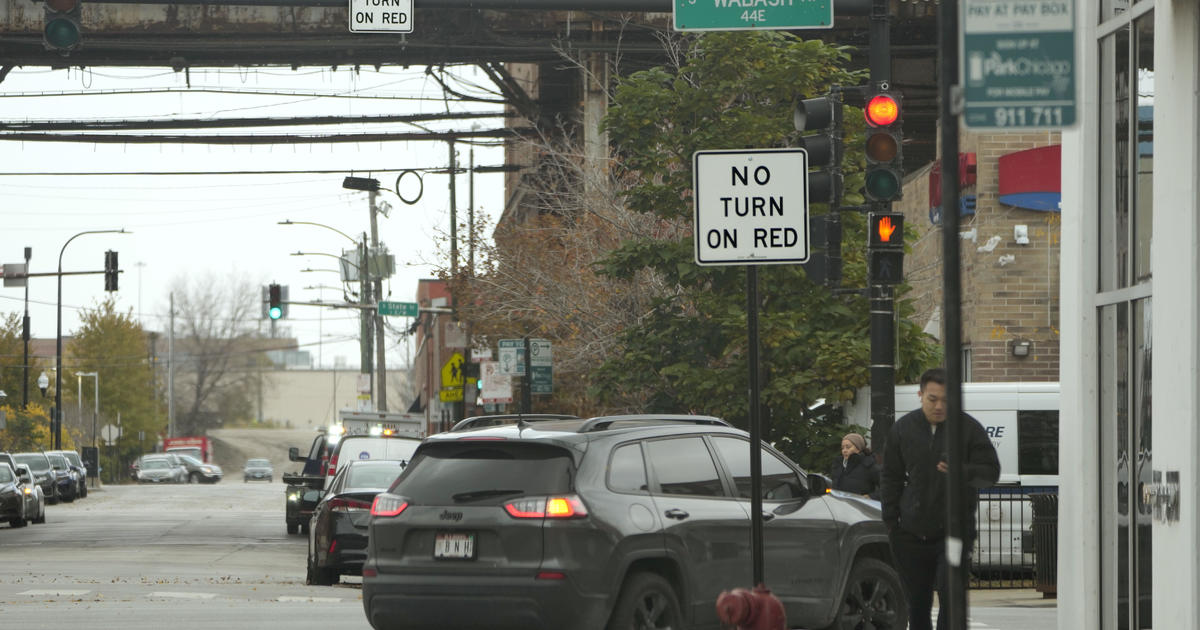Sophee Langerman was on her way to a bicycle safety rally in Chicago’s Lakeview neighborhood in June when a car turning right rolled through a red light and slammed into her bike, which she was walking off the curb and into the crosswalk.
The car was moving slowly enough that Langerman escaped serious injury, but the bicycle required extensive repairs. To Langerman, it’s another argument for ending a practice that almost all U.S. cities have embraced for decades: the legal prerogative for a driver to turn right after stopping at a red light.
A dramatic rise in accidents killing or injuring pedestrians and bicyclists has led to a myriad of policy and infrastructure changes, but moves to ban right on red have drawn some of the most intense sentiments on both sides.
Washington, D.C.'s City Council last year approved a right-on-red ban that takes effect in 2025. New Chicago Mayor Brandon Johnson’s transition plan called for “restricting right turns on red,” but his administration hasn’t provided specifics. The college town of Ann Arbor, Michigan, now prohibits right turns at red lights in the downtown area.



Nope, that’s backwards. Poor mobility for cars comes from higher-density development, which is also efficient development because you don’t have to spend huge amounts of money building parking. Getting rid of the cars is the thing that lowers the costs!
Futhermore, getting rid of the cars is also the thing that enables walking/biking/transit to be viable (because there’s physically less distance to cover, since you don’t have to cross a wasteland of pavement), which also lowers cost of living.
The bottom line is that if you build to accommodate cars, you will never have walkability. It’s geometrically impossible.
Distributing traffic onto more (uniformly-slow) streets means that cyclists and pedestrians have less need to avoid cars with strategic route planning because slow-moving cars aren’t nearly as much of a danger to begin with.
Did you actually read anything I have written?
The point is that simply lowering speed limits as the primary lever to improve quality of life isn’t useful. It does nothing to reallocate that space in a beneficial way.
I’m literally arguing in favor of reducing space for cars for more pedestrian, cycling and transit infrastructure
Guess what? The city is already built. I agree with you.
The question is how to move forward and slapping lower speed limits on everything isn’t the solution. You need to actually spend money on revamping the infrastructure so there are meaningful alternatives. Try to read more and jump to conclusions less.
You’re literally arguing for going about it ass-backwards in a way doomed to failure, which is a disingenuous, passive-aggressive way of opposing it.
In order to actually spend money on bike/ped/transit, the politicians have to allocate it for that purpose. That doesn’t happen unless the public is made to hate driving first!